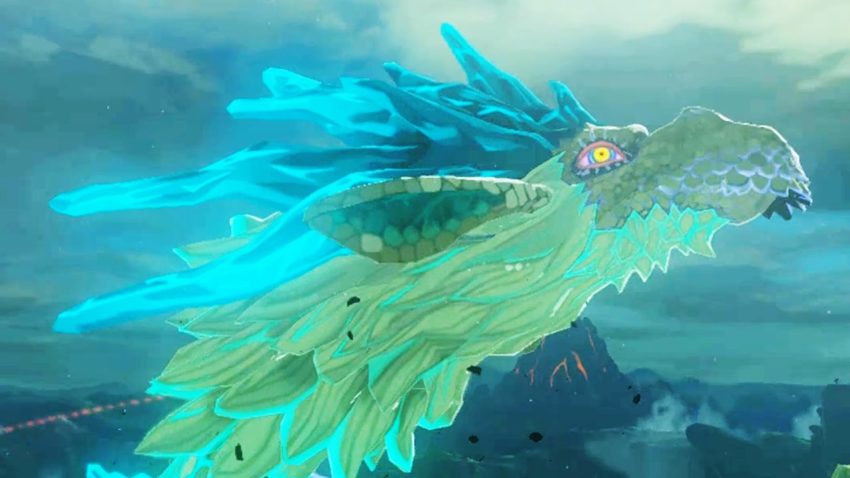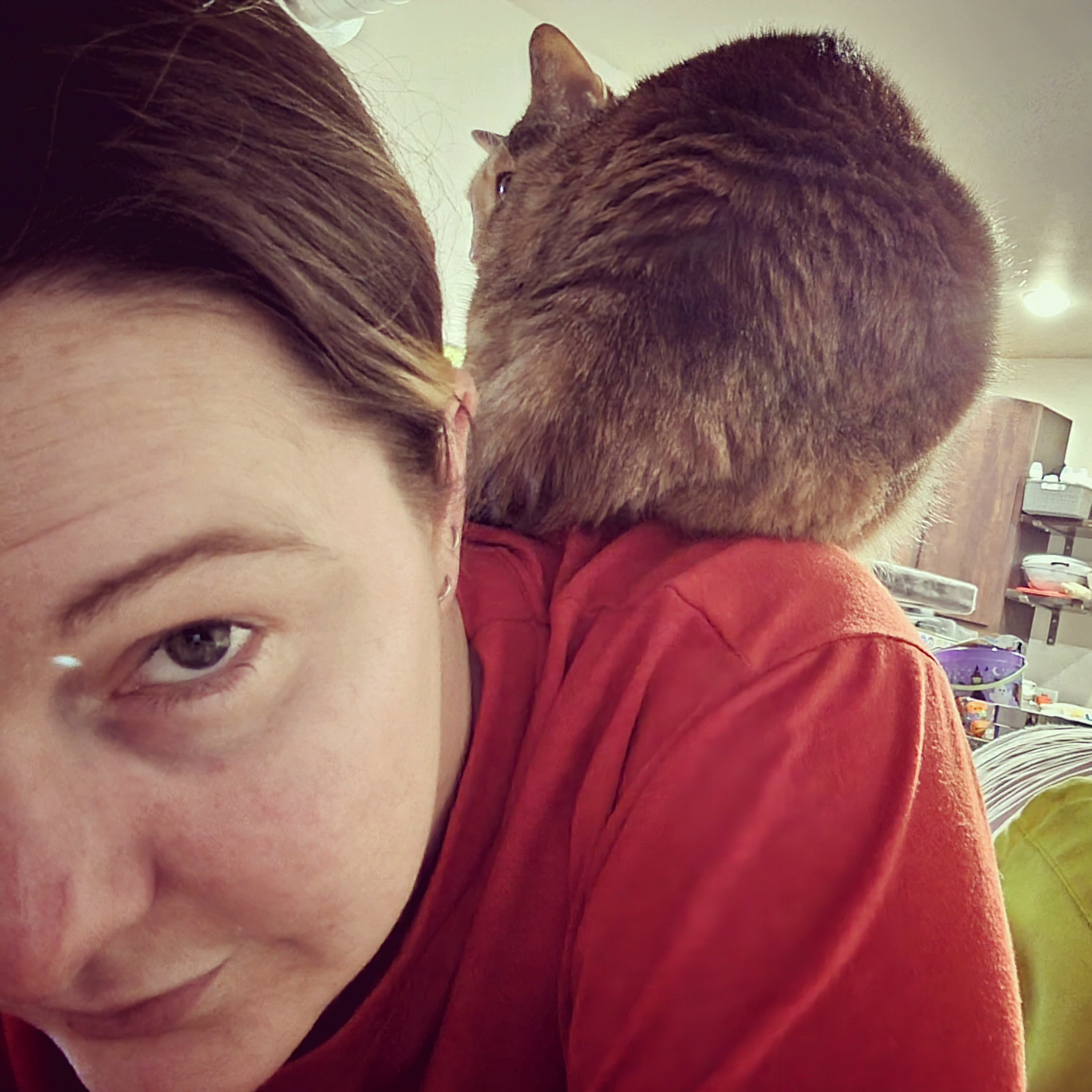The Triforce is Missing: On the Fleeting Presence of an Icon in Breath of the Wild
Posted on July 30 2018 by Kat Vadam

Courage, Wisdom, Power.
The holy relic left behind by the Golden Goddesses, protected by Hylia, and the ultimate source of power and balance kept safe within the Sacred Realm. The Triforce has become arguably the most distinguished icon within the Zelda universe, with the story of its creation and protection from or capture by the forces of Demise woven so deeply into the history of Hyrule. Even those who have never touched a single game have been known to recognize the Triforce. Simply put, the Triforce has been major player and identifying icon in almost every iteration of the rise and fall of evil.
Almost.
Let’s talk about Breath of the Wild for a bit.
The Triforce appeared as a mere symbol scattered across the game.
 Now, obviously, the Triforce was not completely absent from Breath of the Wild. We see it appear both times Zelda displays her power, first against the Guardians to protect Link, second against Dark Beast Ganon. Yet, power itself is inferred to come from Zelda herself. Though not confirmed, it is heavily implied that it was Zelda’s love, not the Triforce, that helped her to discover the “sealing power” already within her, passed to her from by her maternal line. Yet, this power is never given a name, and never given a source or a reason. It’s never stated what gives her power, just that she has it somehow. It’s just divine. And when the Triforce does appear, it appears complete, with no accent to Wisdom specifically. So, it seems that the purpose of the Triforce in these two scenes seems to just be symbolic.
Now, obviously, the Triforce was not completely absent from Breath of the Wild. We see it appear both times Zelda displays her power, first against the Guardians to protect Link, second against Dark Beast Ganon. Yet, power itself is inferred to come from Zelda herself. Though not confirmed, it is heavily implied that it was Zelda’s love, not the Triforce, that helped her to discover the “sealing power” already within her, passed to her from by her maternal line. Yet, this power is never given a name, and never given a source or a reason. It’s never stated what gives her power, just that she has it somehow. It’s just divine. And when the Triforce does appear, it appears complete, with no accent to Wisdom specifically. So, it seems that the purpose of the Triforce in these two scenes seems to just be symbolic.
Furthermore, we still see it within the crest of the royal family, scattered around the castle, the Temple of Time, and in Zelda’s armbands. This, however, is once again a symbol and part of a larger image: a reminder of the royal family’s granted duty to protect the sacred relic, perhaps? Or just something that, by the point of Breath of the Wild in the overarching universe, is more of a holdover from days passed when the symbol actually had meaning and power. It’s not gone, but it just doesn’t play it’s defining role in the story.
More on that in a moment.
The idea of the Trinity was also woven into the game.

There are two major examples of this, among a slew of other minor points. It should be noted for this part that, not only is the role of the Triforce reduced, but the Goddesses themselves are merely nodded to, in favor of the idea of a repeating theme: three. A Trinity. The biggest example of this, of course, are the dragons, Farosh, Naydra, and Dinraal. These three powerful spirits are each associated with an element, reflective of an associated Goddess in name, and tied to a spring with a trait associated with the Triforce.
Speaking of the springs, they could not have been a stronger nod to the Goddesses and the Triforce without actually granting Zelda the power she so desperately sought. But the Springs of Courage, Wisdom, and Power awoke nothing within the princess. Her prayers to the Goddesses fell on deaf ears. How different would the story have been, though, had she gone to the Spring of Wisdom on Mount Lanayru and her power was awoken? These locations were not meant to be anything more than ancient sites speaking to the history we are so familiar with. This was a conscious decision on the part of Nintendo, and brings me to my major thought.
The Triforce itself may not have fit into the game Nintendo wanted.
That’s right. I’ll say it. Looking deeper into Breath of the Wild, it’s very possible that the Triforce just didn’t need to be there. Breath of the Wild was meant to be different. Where other Zelda games are linear, Breath of the Wild was open world, a “Choose Your Own Adventure,” if you will. You completed what you wanted of the story, when you wanted to, if you wanted to at all. The memories that built the backstory could be obtained in any order, only appearing in their proper sequence as they were uncovered and looked back on in the menu, but they weren’t necessary to complete the game.
Plus, the story overall was different. Sure, we still saw the hero, the princess, and Ganon, but each of them were a little bit different than what we had seen before. Zelda, the most changed, was a scholar and a scientist, and struggled with her “destiny,” the sealing power she was supposedly meant to have to put darkness back where it belonged. But, as stated above, this “power” was just that. “Power,” undefined, with no ties to the Triforce of Wisdom.
 Ganon was said to have given up the eternal cycle of reincarnation, and took on his end-all, be-all final form of Calamity Ganon (supposedly – this may be revisited in the next game, there’s no telling). Outside of this, though, not too much was known. He wasn’t shown to have any interest in the Triforce, or even really any knowledge or acknowledgement of it. Calamity Ganon had the sole purpose of covering Hyrule in his Malice. That’s it. He was evil, signed, sealed, delivered.
Ganon was said to have given up the eternal cycle of reincarnation, and took on his end-all, be-all final form of Calamity Ganon (supposedly – this may be revisited in the next game, there’s no telling). Outside of this, though, not too much was known. He wasn’t shown to have any interest in the Triforce, or even really any knowledge or acknowledgement of it. Calamity Ganon had the sole purpose of covering Hyrule in his Malice. That’s it. He was evil, signed, sealed, delivered.
And Link was just a really skilled soldier with a heart of gold. No mention of “Courage” as it pertained to the Triforce.
I just wonder if, in the process of coming up with the game, it was decided to keep Breath of the Wild reflective of a Zelda game at its core, but otherwise, to just completely break away from the binds of every other title to that point. Maybe the Triforce didn’t play a role because they didn’t want it to. Nintendo wanted a Zelda title that didn’t need such strong Zelda-story-defining elements like the Golden Goddesses and their sacred relic. Nods to previous games, acknowledgements that these icons are quintessentially Zelda? Sure. But Breath of the Wild was meant to stand on its own, and outside the lines of every other game bearing the name The Legend of Zelda.
Further following on this idea, perhaps this was a game not just meant for Zelda fans. Embodying elements of other open world games, such as Skyrim, maybe this game was meant to be played and enjoyed by both avid fans and people who have never picked up a Zelda title in their lives. There were plenty of elements of and callbacks to Zelda that we saw and understood as fans, but it wasn’t so steeped in thirty years of mythos as to be out of reach to someone new. The Triforce was pictured and alluded to, and that was enough.
Gone, but not forgotten.
The Triforce may not have played a distinct role, and, like Breath of the Wild’s placement within the timeline, we have no real official answer as to why this is, but that didn’t stop the game from being a strong entrant into the world of Zelda. There are plenty of places we could see it, almost like a tease to the fans and a reflection of the land’s history, but, ultimately, would the game have been any different, better or worse, with the holy relic? Did it truly have a place in the game’s story? Honestly, I don’t think it did. It wasn’t meant to. Things change, Hyrule changes with every iteration, constantly moving with the ebb and flow of time. In game, they may have just moved on, just as in life. Maybe it’s time for the fandom to expand and grow from our roots. We were given something new, and that’s perfectly fine.
Kat Vadam is an Original Content Editor for Zelda Dungeon. She sends out mad props to Steven Hands Tackett for proposing the question that lead to this editorial. She also has a Twitter.

Kat Vadam is a mother of one, proud cat mom, and wife to someone far nerdier than she could ever hope to be. She also works by day as an analyst, writer, and editor. Here at Zelda Dungeon, she is the Head of Social Media and a copy editor, though she still enjoys occasionally writing things. Someday, she plans on giving up all her worldly possessions to move to the forest and become best friends with a korok. Were it so easy.



